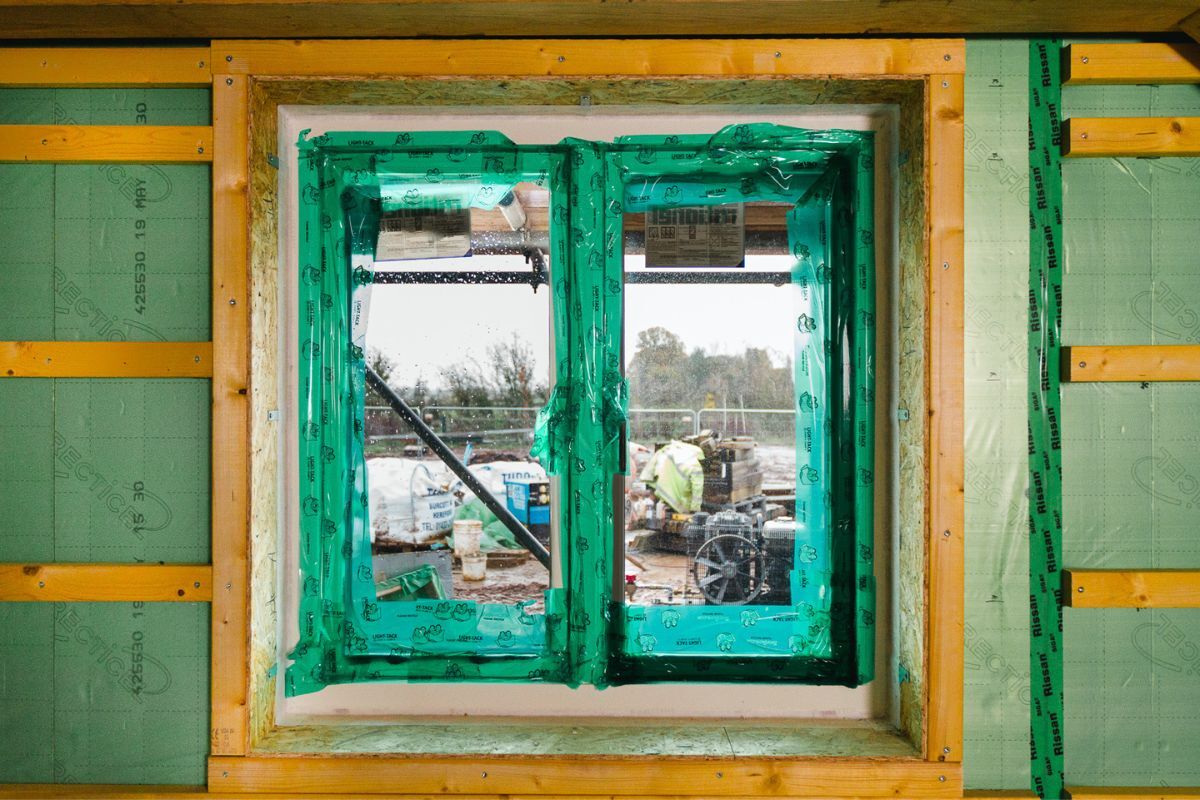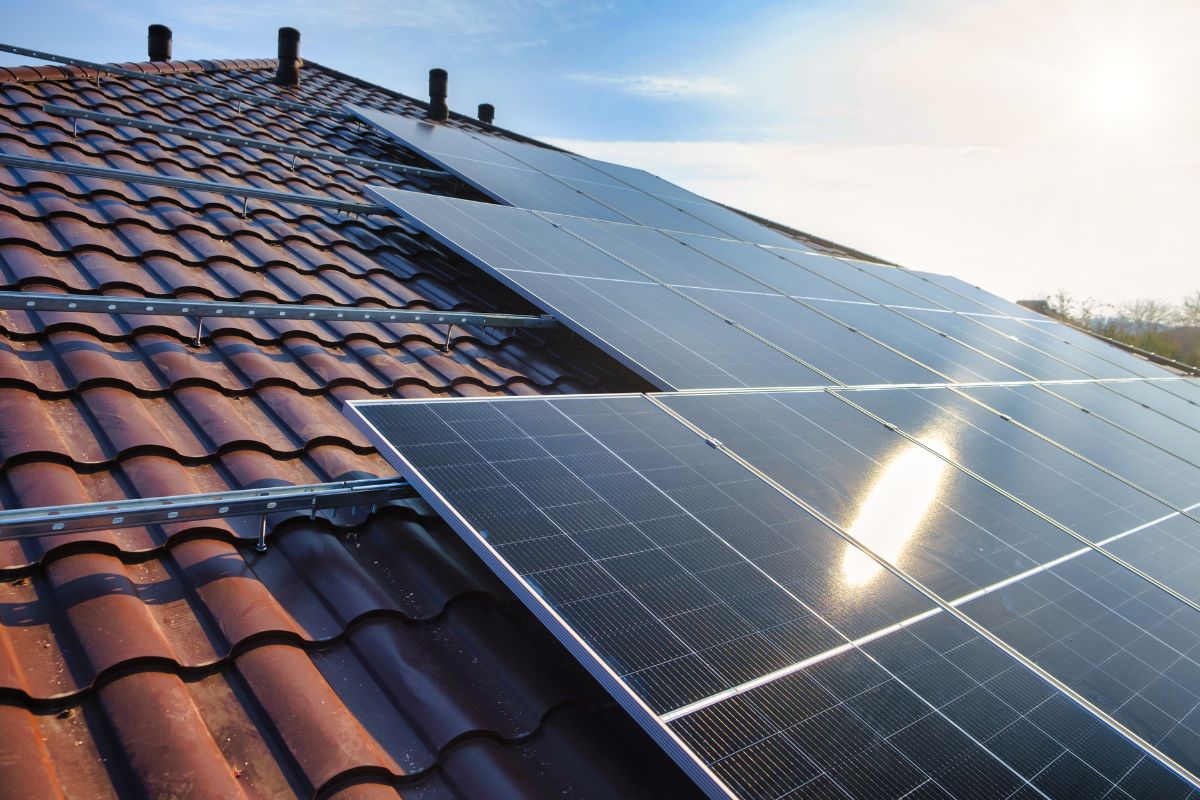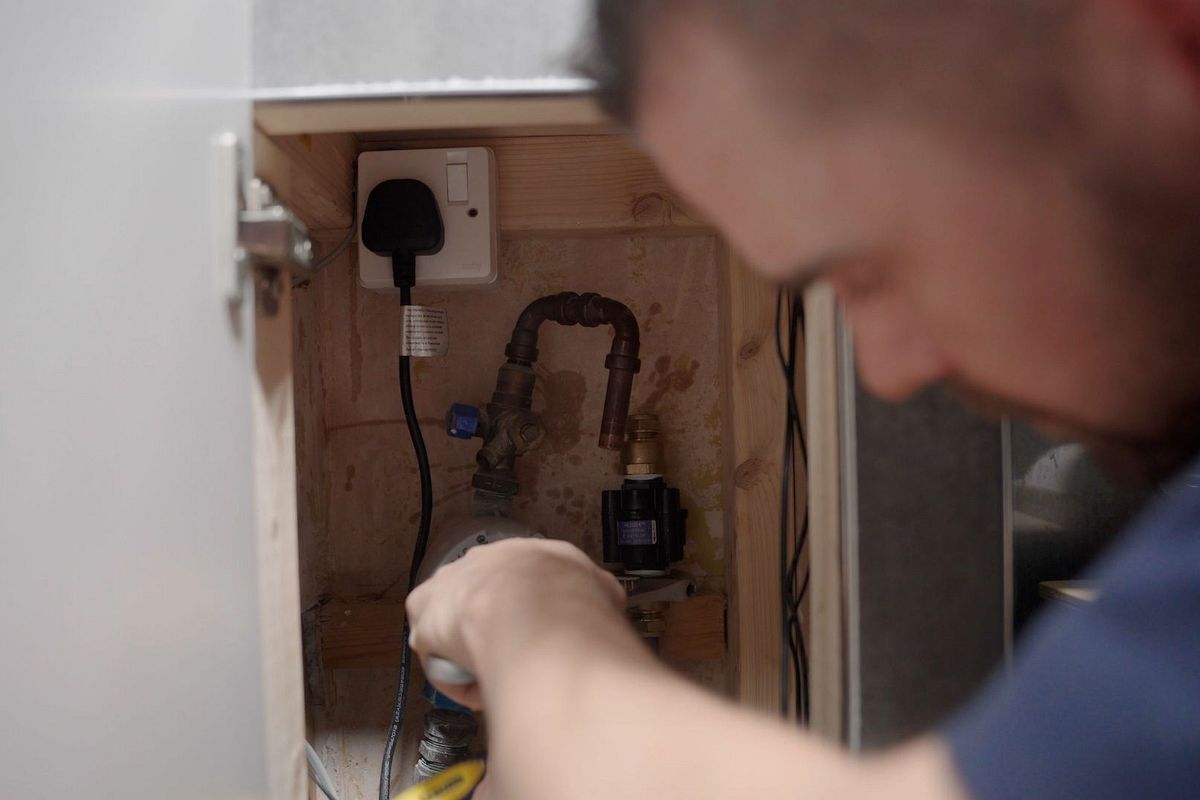AeroBarrier - sealing a home to whatever level of air tightness is required
As Britain strives to hit its net zero targets, the holy grail of house building is thousands of healthy warm homes with efficient ventilation and minimal carbon emissions. The question is, how best to achieve it? Because builders first need complete confidence in the level at which they are able to seal a new-build against the elements.

In the past it has been an arduous process of sticking tape and caulking over gaps in the building’s structure, trusting to luck that nothing has been missed. The whole process is time-consuming and labour intensive.
That has been the traditional way – until now. Thanks to the latest developments in new technology, constructors will in future be able to seal a home to whatever level of air tightness they require in a fraction of the time, whether simply adhering to building regulations or aiming for Passivhaus standard/the highest level of thermal performance.
New to the UK, AeroBarrier is the only product that guarantees a specific level of air tightness. Its patented technology uses a modified blower door test to pressurise a building, before spraying a non-toxic mist coat that seals any leaks. Used successfully on tens of thousands of homes internationally already, the product has the potential to transform the future of housing in this country.
Reduce energy bills
Head of AeroBarrier UK, Hugh Franklin explains:
“It is three times faster than traditional caulk and tape methods. It helps remove any concerns about human error or air tightness test failures during the build process, so is hugely positive from a quality assurance perspective.
“For residents and homeowners, better air tightness levels reduce energy bills and create healthier living conditions.”
So just how healthy are those homes?
The UK has some of the oldest and leakiest housing stock in Western Europe, accounting for up to 30 percent of our energy use, according to some reports. That hasn’t stopped doubters expressing concern over whether older, draughtier homes allowing air in through cracks in the building’s fabric are healthier than a new-build sealed up to a specified level.
Hugh continues:
“The answer is a resounding no. The key is to understand the difference between controlled and uncontrolled ventilation. The former ranges from extractor fans all the way up to mechanical ventilation with heat recovery; the second involves trickle vents, leaving windows open or just about anywhere there is a crack or gap that lets in air.
“The problem is that with uncontrolled ventilation in older homes, the air travels across a multitude of materials that can pollute the air inside. Walls contain all sorts of things, from dust to mites to fibreglass. When you add in the issues of penetrating water causing damp and mould, the problems mount up.”
Leaving all that aside, even just having a window open for ventilation can have issues – for instance, if your home is near a busy road and it allows car fumes among other pollutants to enter.
New innovations
Then there is the problem of damp conditions caused by inadequate ventilation, in some cases with tragic consequences, as illustrated by the death of two-year-old Awaab Ishack, who suffered a cardiac arrest following respiratory illness caused by mould in a Rochdale flat in 2020.
One further issue adds to the confusion: The term ‘breathable,’ when applied to housing. Many people believe older houses are more ‘breathable’ because they have more gaps in the structure where air can get in.
Breathability refers, however, to moisture, specifically the speed at which vapour passes through a particular material or construction. It is often confused with air permeability, or air leakage, the uncontrolled movement of air (draughts) through joints and cracks.
The first can lead to a host of problems for occupiers, from mould and dust mites to aggravating conditions like asthma. The latter, air leakage, is the area in which new innovations are proving both an energy-saving and health boon.
Widely used across tens of thousands of homes in the U.S. and Canada, AeroBarrier has now been launched exclusively in Britain by oak frame builders Oakwrights. An operator with a laptop controls the level of air tightness seal required by the builder, architect or contractor so they can achieve – when ventilation methods are taken into consideration – the required certification.
“We can guarantee any level of seal, designed specifically around the building’s requirements,” explained Hugh. “Combine that with proper ventilation and modern building materials and problems such as damp are consigned to history. It’s a game changer.”
AeroBarrier is misted inside the building via strategically placed automatic air sealing stations with nozzles which release it to 10 microns, around the same size as a human hair. The entire process, from setup to completion, takes approximately four hours for a typical 3-bedroom home.
Confidence in air tightness
The built environment accounts for roughly 40% of UK greenhouse gas emissions, with around 14% of this coming from the 28 million homes in the UK, according to the Climate Change Committee. The Future Homes Standard is designed to bring these levels down.
The government hopes the standard will go some way towards tackling climate change, and act as a roadmap for the industry and homeowners to reach its net zero target for 2050.
With hi-tech sealing solutions such as AeroBarrier working in tandem with efficient systems of ventilation, Britain will make healthy inroads towards that goal.
Find out more about AeroBarrier technology here


